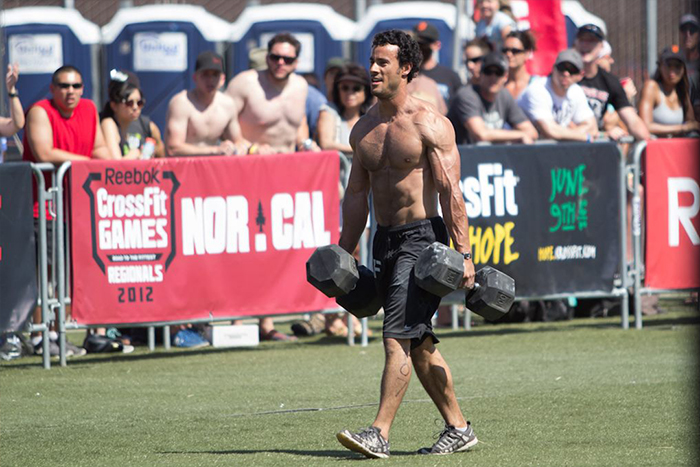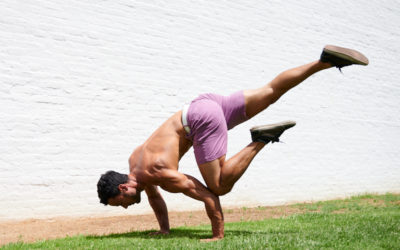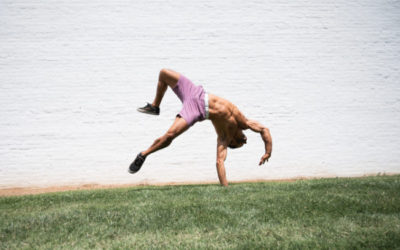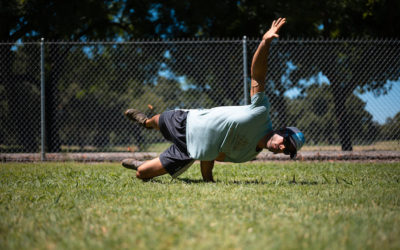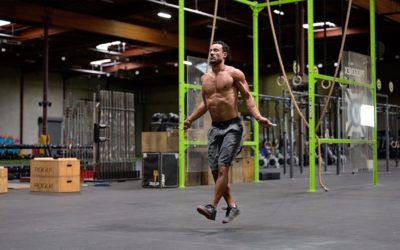Where it gets tricky is in the exercise plan itself. While full body movements may resemble natural human function, a host of other issues can cloud the issue to a significant degree. Personal goals, sport, individual anatomy and injury history can make a functional movement like squatting irrelevant, detrimental, awkward and even dangerous. How functional is that?
I propose a new and better definition of functional fitness: Does the exercise and program in question help you to be better at what you need to do? If it does, then I call that exercise functional, if not, it is not functional. Simple.
With this new, and better, definition we are not backed into a corner thinking we have to figure out a way to fit snatches into a competitive cyclists’ program. While a snatch is a wonderful exercise and requires just about every aspect of fitness you can imagine, the investment time into learning this movement and executing it properly is beyond the returns a cyclist will receive. It’s better to build power for the cyclist through simple exercises like sprints on the bike. Why spend weeks and months learning to move a barbell when that time could be spent on the bike doing work that directly translates to the skill and performance of pedaling efficiently?
Here’s one more example. The average person with a day job who doesn’t have enough core strength to hold a correct plank; not even for a set amount of time. Someone who is legitimately unable to bring together the strength and coordination to hold a plank, period. Are back squats good for this person? Absolutely not. They will develop compensatory patterns that lead to muscle imbalances and potential injuries down the road. This person needs to work on their core strength as a priority. It’s not super flashy or sexy, but a good trainer can give core work with good variety that isn’t mind-numbingly boring.
The next time you go looking for a trainer or program and they start talking about high intensity before doing an assessment or asking you about your goals you may want to question their motives. While those buzzwords may sell memberships, coaches are doing their clients a disservice by providing generalized intensive exercise to individuals with unique goals and needs. As a client, when you finally find a coach who isn’t afraid to tell you “No”, give you rest days, or make you do abs instead of heavy squats, be thankful you have found a coach with your best interest in mind.
